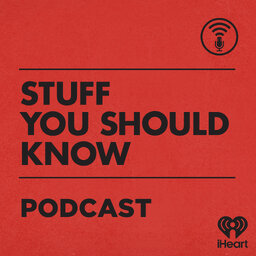Selects: How Sea Monsters Work
Legends of sea monsters are as old as humanity, and some ancient cultures even credited them with creating the universe. Learn more about humanity's attachment to seeing monsters in the deep in this classic episode.
Learn more about your ad-choices at https://www.iheartpodcastnetwork.com
 Stuff You Should Know
Stuff You Should Know


